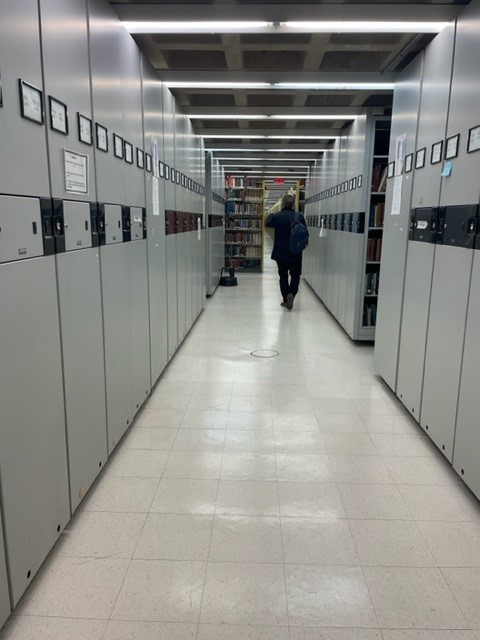Storage Solutions Throughout the Years
Like anything else, storage solutions have seen significant change over the years. Boxes on boxes of paper files stored on wire rack shelving is a thing of the past. Files are being digitized and items are being stored in smarter, more efficient ways.
When you’ve been in the business of storage for as long as O’Brien Systems has, you tend to learn a thing or two – from both successes and mistakes. So we had a few questions for the president, Kevin O’Brien, to help us better understand the industry and its progression through time.
Why storage solutions? How did you think to get into this business?
When I was in high school, I worked for a hospital converting medical records. Through college, I worked helping with installations. During this time, my father started his own business. I joined him after graduating from Villanova with a degree in finance.
What is the biggest change you’ve seen in this business since O’Brien Systems was started?
Paper used to drive our business. When we first started, every and any kind of information was kept on paper. And that paper had to be kept and stored. Over the years, there was a migration from paper-based information to digital-based information. This had a huge impact on the way we did our business.
How do you adapt and change with the times?
We needed to change directions. We had to shift our focus from paper record storage to other assets and we had to determine what those assets were along the way. It obviously depended on the industry. Different industries had different storage needs. In hospitals, the focus changed to pharmacy and supplies as opposed to medical records. In the corporate setting, we moved away from headquarters and into the manufacturing and distribution space. In the world of pharmaceuticals, the new emphasis was on supply and distribution. Not much changed for museums. Collections have and always will need to be stored in a safe, space-efficient manner.
What are the most common storage systems installed?
The storage systems we see the most are compact storage systems, also referred to as high-density storage, and vertical lifts. Vertical lifts are the most common automated storage system. Both can store the same or even more and take up 50% less of your floorspace.
How do you recommend getting started to someone looking for a new storage system?
 Do your research and take the advice from someone who is qualified. Plenty of information is available online, but once you have narrowed down what your needs are, it is best to bring in a consultant to review your application and make recommendations how to best move forward.
Do your research and take the advice from someone who is qualified. Plenty of information is available online, but once you have narrowed down what your needs are, it is best to bring in a consultant to review your application and make recommendations how to best move forward.
What is the most interesting project you’ve managed?
The Perelman Building at the Philadelphia Museum of Art. It involved storage solutions for multiple mediums of all different sizes. It all took place during the renovation of a historic building that included beautiful galleries, curatorial spaces and purpose-built storage spaces. It was incredibly interesting to work through the entire process from start to finish with all the people dedicated to this project.
What is your favorite part of this job?
The interaction with design professionals and helping customers across a wide array of industries to provide solutions that can change their workplaces for the better.
